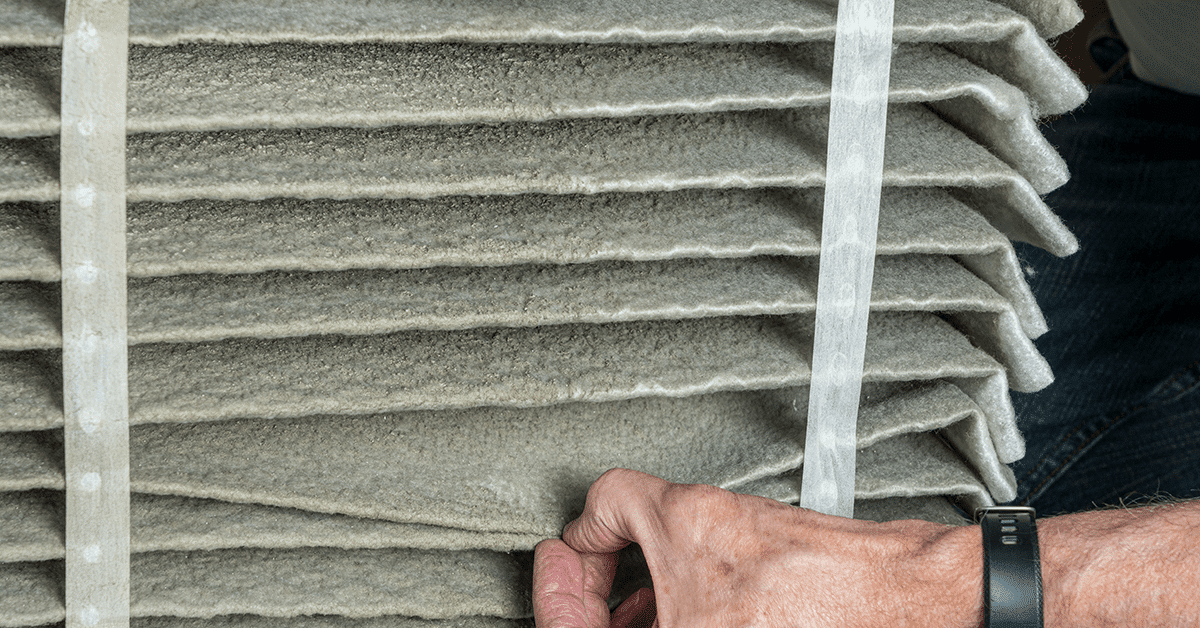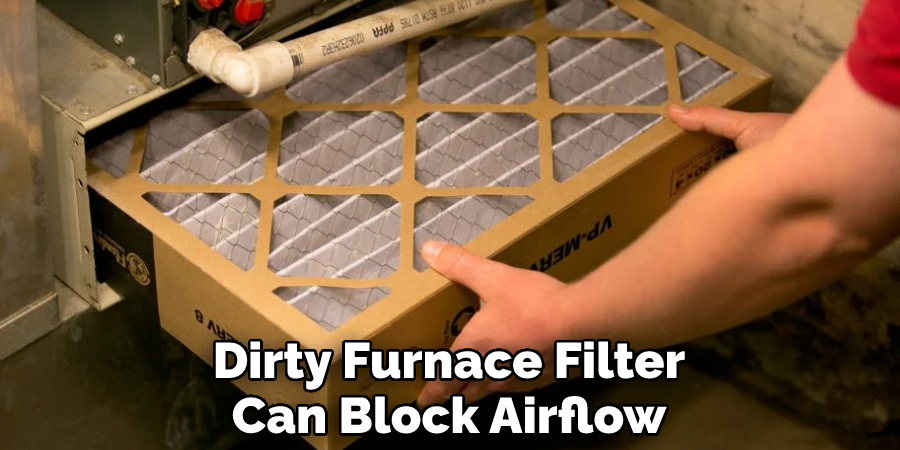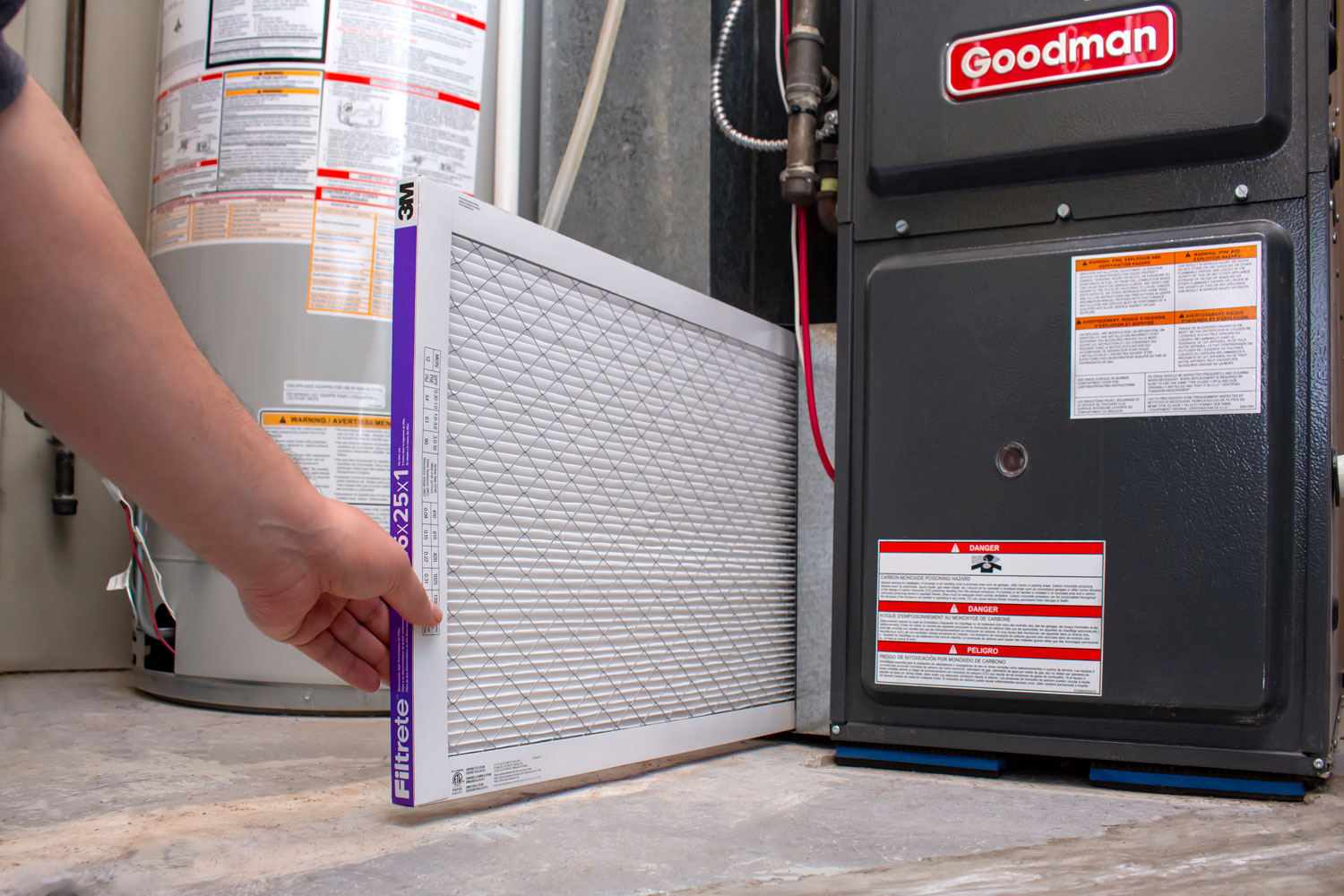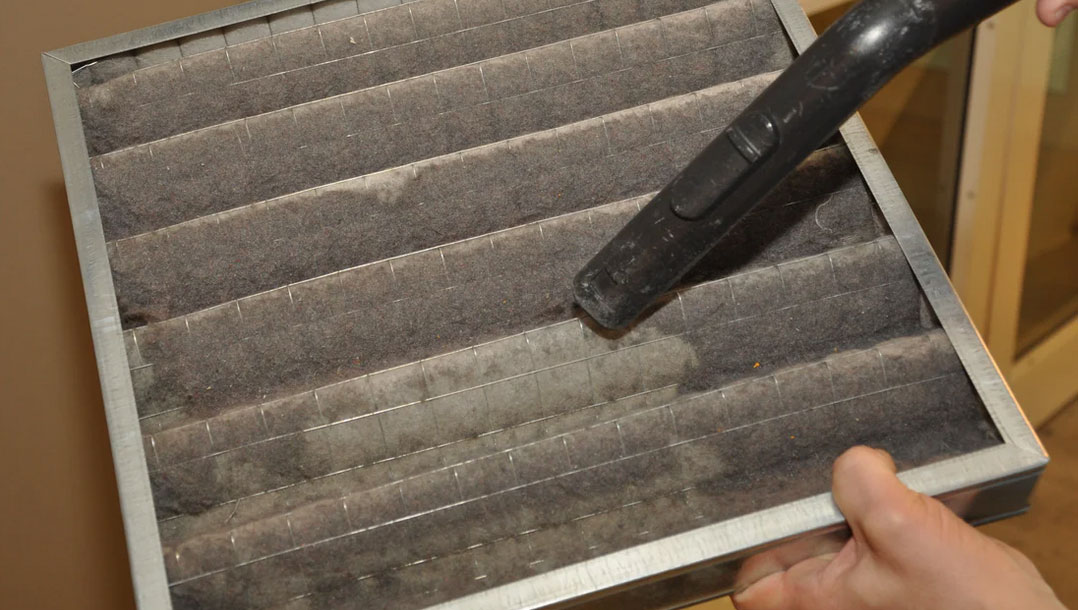Can A Dirty Furnace Filter Cause No Heat

Can a Dirty Furnace Filter Really Leave You in the Cold? (And How to Avoid It!)
As the winter chill sets in, a reliable furnace is essential for maintaining a comfortable and energy-efficient home or business. But what happens when your furnace suddenly stops blowing warm air? While many issues can cause a furnace malfunction, one of the most common and easily preventable culprits is a dirty furnace filter. Believe it or not, a seemingly insignificant filter can have a profound impact on your heating system’s performance, efficiency, and even its lifespan.
The Dirty Truth About Furnace Filters
Your furnace filter plays a crucial role: it traps dust, pollen, pet dander, and other airborne particles, preventing them from circulating throughout your home and damaging sensitive furnace components. Think of it as the first line of defense for both your air quality and your heating system.
When a filter becomes clogged with debris, it restricts airflow. This restriction forces your furnace to work harder to circulate air, leading to a cascade of problems:
- Reduced Heat Output: The most immediate consequence is a noticeable decrease in the amount of heat your furnace produces. The restricted airflow prevents the heat exchanger from warming the air efficiently, resulting in lukewarm or even cold air blowing from your vents.
- Increased Energy Consumption: A struggling furnace consumes more energy to achieve the desired temperature. This translates directly into higher energy bills. According to the U.S. Department of Energy, a dirty filter can increase your energy consumption by 5-15%. Imagine that – simply changing a filter can save you potentially hundreds of dollars each year!
- Overheating and System Failure: The restricted airflow can cause the furnace to overheat. This can damage critical components like the heat exchanger, blower motor, and even the control board. Overheating can lead to costly repairs and, in extreme cases, premature furnace failure.
- Poor Indoor Air Quality: While a dirty filter is *trying* to clean the air, an overly clogged filter can actually *decrease* your indoor air quality. The backpressure can force some trapped particles to bypass the filter, re-entering your living space. Additionally, a stressed furnace may not properly vent exhaust gasses, leading to potentially dangerous carbon monoxide buildup. Consider investing in a high-efficiency particulate air (HEPA) filter for improved air quality.
Filter Types and MERV Ratings: Choosing the Right One
Furnace filters come in various types, each with different levels of filtration efficiency. The Minimum Efficiency Reporting Value (MERV) rating indicates a filter’s ability to capture particles of different sizes. Higher MERV ratings indicate better filtration but can also restrict airflow more significantly. Consider your specific needs and furnace manufacturer's recommendations when selecting a filter.
Common filter types include:
- Fiberglass Filters: These are the least expensive and offer minimal filtration. They primarily protect the furnace components but do little to improve air quality. They typically have a MERV rating of 1-4.
- Pleated Filters: These offer a better balance of filtration and airflow. They are more effective at trapping dust, pollen, and pet dander. Pleated filters typically have a MERV rating of 5-13.
- Electrostatic Filters: These filters use an electrostatic charge to attract and trap particles. They offer good filtration and airflow. They are often washable and reusable.
- HEPA Filters: These are the most effective at removing airborne particles, including bacteria and viruses. However, they can significantly restrict airflow and are not suitable for all furnaces. They typically have a MERV rating of 17-20.
Recommendation: For most homes, a pleated filter with a MERV rating of 8-11 provides a good balance of filtration and airflow. If you have allergies or respiratory problems, you may consider a higher MERV rating, but be sure to check your furnace manufacturer's recommendations to ensure compatibility.
How Often Should You Change Your Furnace Filter?
The frequency of filter changes depends on several factors, including:
- Filter Type: Thicker, pleated filters generally last longer than thin, fiberglass filters.
- Number of Occupants: Homes with more occupants tend to generate more dust and debris.
- Pets: Pet dander can quickly clog filters.
- Air Quality: Homes in areas with high levels of pollution or pollen may require more frequent filter changes.
General Guideline: As a general rule, you should change your furnace filter every 1-3 months. However, it's always best to visually inspect your filter regularly. If it appears dirty or clogged, replace it immediately. Consider setting a recurring reminder in your calendar or using a smart home system to alert you when it's time for a filter change.
Smart HVAC Integration: The Future of Furnace Maintenance
Smart home technology can play a significant role in optimizing your furnace’s performance and energy efficiency. Smart thermostats, coupled with smart sensors and filter monitoring systems, provide valuable insights into your HVAC system's operation.
- Smart Thermostats: These devices allow you to remotely control your thermostat settings, adjust temperature schedules based on occupancy, and receive alerts about potential issues. Some smart thermostats can even track filter usage and remind you when it's time for a replacement. Many energy providers offer rebates on the purchase and installation of smart thermostats, further enhancing the ROI.
- Airflow Sensors: These sensors measure the airflow through your ductwork. A decrease in airflow can indicate a clogged filter or other issues. Airflow sensors can send alerts to your smartphone or smart home system, allowing you to address problems proactively.
- Filter Monitoring Systems: Some manufacturers offer smart filters with built-in sensors that track filter usage and send alerts when the filter needs to be replaced.
Integrating smart HVAC technology can help you optimize your energy consumption, improve your indoor air quality, and extend the lifespan of your furnace. For businesses, these systems can also provide valuable data for energy audits and sustainability reporting.
Beyond the Filter: Other Energy-Saving Tips for Your Furnace
While a clean furnace filter is crucial, it's just one piece of the energy-efficiency puzzle. Here are some additional tips to help you lower your heating costs:
- Seal Air Leaks: Caulk and weatherstrip around windows and doors to prevent drafts. Seal any gaps or cracks in your foundation or walls.
- Insulate Your Home: Proper insulation in your attic, walls, and floors can significantly reduce heat loss. The Department of Energy offers guidelines for recommended insulation levels based on your climate zone.
- Use Programmable Thermostats: Set your thermostat to lower temperatures when you're asleep or away from home.
- Schedule Regular Maintenance: Have your furnace professionally inspected and tuned up annually. A qualified HVAC technician can identify and address potential problems before they become major issues. This often qualifies you for warranties and extended equipment life.
- Consider Upgrading to a High-Efficiency Furnace: If your furnace is old or inefficient, consider replacing it with a newer, Energy Star-certified model. These furnaces can significantly reduce your energy consumption and save you money over the long term. Look into local, state and federal tax credits that may apply to high-efficiency HVAC equipment purchases.
The Bottom Line: A Clean Filter is a Smart Investment
Don't underestimate the importance of a clean furnace filter. It's a simple, inexpensive way to improve your furnace's performance, reduce your energy consumption, and extend its lifespan. By following the tips outlined in this article, you can ensure that your furnace is running efficiently and keeping you comfortable all winter long. Remember to consult with a qualified HVAC professional for personalized advice and service. Making small changes can result in significant energy savings and a healthier home environment.
For HVAC contractors, promoting these energy-efficient solutions to homeowners can not only increase sales but also contribute to a more sustainable future. Emphasizing the ROI, rebates, and long-term benefits of energy-efficient upgrades can resonate with customers seeking both comfort and cost savings.










